On this day in 1333 at Berwick on Tweed, for this service to the crown, John Arundell was rewarded with the granting of a charter which gave his manor of St Columb Major the right to hold a market every Thursday, also granted was the right to hold an annual fair on the ‘day and the morrow of the Feast of St Columba the Virgin.' This charter was issued at Berwick on Tweed by Edward III and signed John of Eltham, Earl of Cornwall, Edward III younger brother
The text of the charter reads:
Roll 7th, Edward the Third. For Sir John de Arendel, the king to the same, health.
Know ye, that we of our especial grace, have granted and, by this our charter, have confirmed to our beloved and faithful John de Arendel, that he and his heirs, for ever, may have a market every Thursday at his Manor of St Columb Magna, and a fair every year, on the eve and on the day and the morrow of St Columba the Virgin, to these being witness..........given by our hand at Berwick on Tweed, the 23rd day of July 1333 at the battle of Halidown Hill, the 19th day of July 1333.
By writ of our Privy Seal.
meanderingthroughtime.weebly.com/scoboryo-of-st-columb-major.html
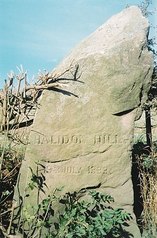
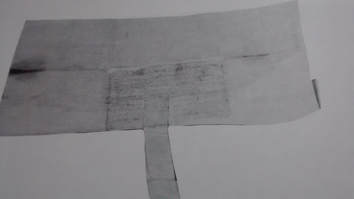
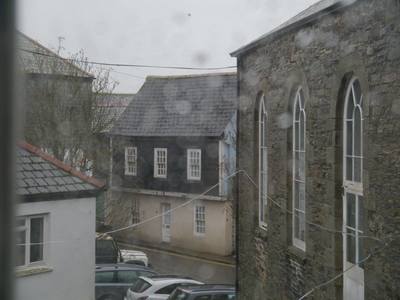
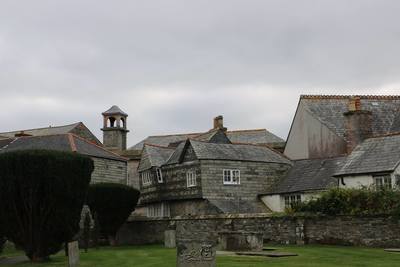
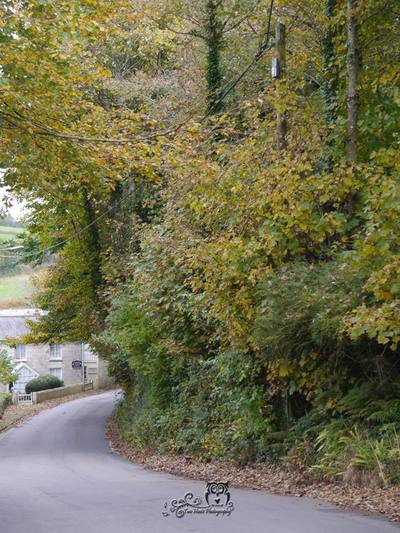
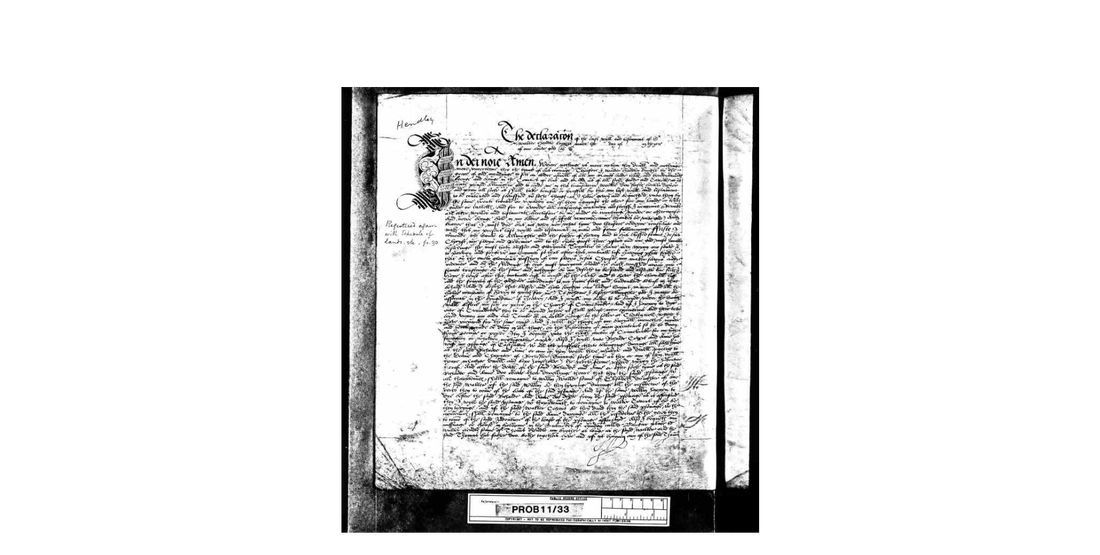

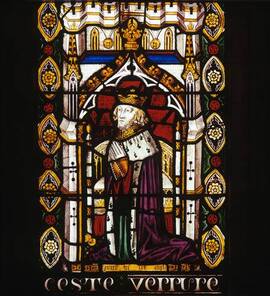
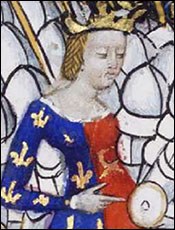

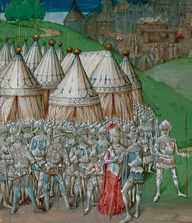

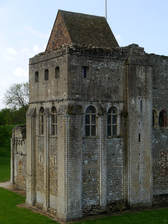
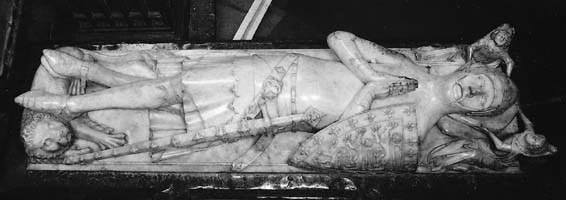
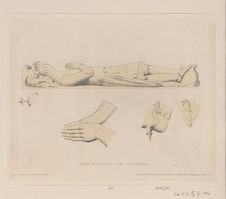
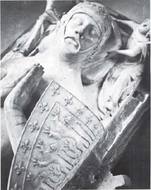
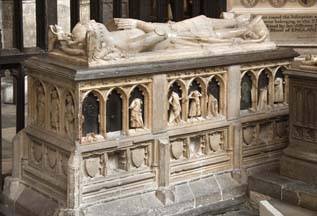
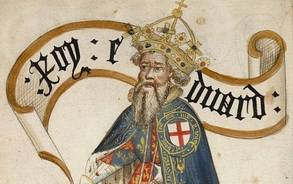
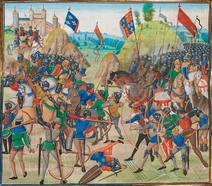
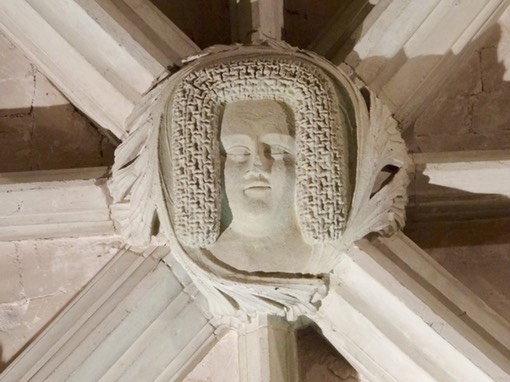
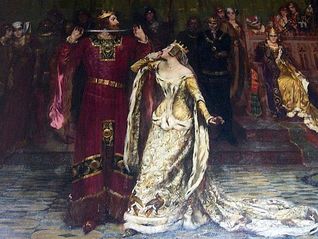
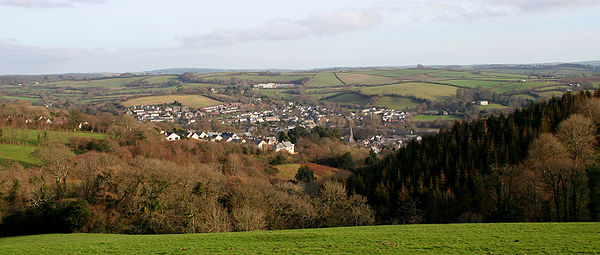
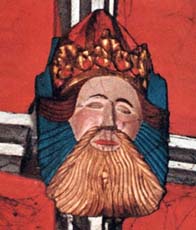
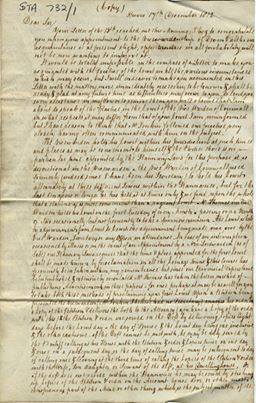

 RSS Feed
RSS Feed
